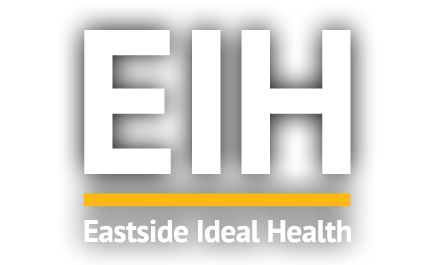Golfer’s elbow, also known as medial epicondylitis, is a common condition that causes pain and inflammation in the inside of the elbow. While it is called golfer’s elbow, you don’t have to be an avid golfer to experience this condition. It can affect anyone who repetitively uses their forearm muscles, such as tennis players, baseball players, and even those who engage in activities like gardening or typing for extended periods of time.
Understanding the Symptoms of Golfer’s Elbow
The symptoms of golfer’s elbow can vary in severity and can develop gradually or suddenly. The most common symptom is pain and tenderness on the inside of the elbow. This pain may radiate down the forearm and may become worse with certain movements, such as gripping or bending the wrist. Other symptoms include:
- Weakened grip strength
- Stiffness and difficulty in straightening the arm
- Numbness or tingling in the fingers
- Swelling and inflammation around the elbow
If you are experiencing these symptoms, it is important to seek proper medical advice and treatment from a healthcare professional. They can provide a diagnosis and recommend appropriate treatment options.
Managing Golfer’s Elbow and Emotional Well-Being
Golfer’s elbow not only affects physical well-being but can also have an impact on emotional well-being. The pain and limitations caused by golfer’s elbow can lead to frustration, stress, and even depression. It is essential to manage both the physical and emotional aspects of this condition for optimal healing and well-being.
Here are some strategies to manage emotional well-being while dealing with golfer’s elbow:
1. Acceptance and Mindset
Accepting the situation and maintaining a positive mindset can make a significant difference in coping with golfer’s elbow. Understand that healing takes time and that setbacks may happen along the way. Instead of dwelling on negative emotions, try to focus on the steps you can take to improve and manage the condition.
2. Seek Support
Reach out to friends, family, or a support group who can offer understanding and emotional support during this challenging time. Sharing your experiences and feelings with others who have gone through or are going through a similar condition can provide a sense of comfort and encouragement.
3. Practice Stress-Relief Techniques
Stress can worsen symptoms and hinder the healing process. Engaging in stress-relief techniques such as deep breathing exercises, meditation, yoga, or engaging in hobbies can help reduce stress levels. Find activities that help you relax and incorporate them into your daily routine.
4. Maintain a Balanced Lifestyle
While dealing with golfer’s elbow, it is crucial to maintain a balanced lifestyle. Pay attention to your overall well-being by eating a nutritious diet, staying hydrated, getting enough sleep, and engaging in regular exercise. A healthy lifestyle not only promotes physical healing but can also positively impact your emotional well-being.
5. Explore Treatment Options
There are various treatment options available for golfer’s elbow, ranging from conservative measures to more invasive procedures. It is essential to explore the treatment options recommended by your healthcare professional. This might include physical therapy, anti-inflammatory medication, orthotic devices, or even surgery in severe cases. Discuss the pros and cons of each option to make an informed decision about your treatment plan.
Additionally, consider alternative therapies such as acupuncture, massage therapy, or chiropractic care. These therapies can be used in conjunction with conventional treatments to help relieve pain, reduce inflammation, and promote healing.
For more information on treatment options and expert advice, you can visit Eastside Ideal Health.
6. Gradual Return to Activities
As your condition improves, gradually reintroduce activities that were previously causing pain. It is important to start slowly and listen to your body. Pushing yourself too hard or too soon can result in setbacks or reinjury. If necessary, consult with a physical therapist or occupational therapist who can guide you through a safe and effective rehabilitation program.
Conclusion
Golfer’s elbow can be a painful and frustrating condition, but it is possible to manage both the physical and emotional aspects effectively. By following the strategies mentioned above and seeking appropriate medical treatment, you can enhance your healing journey and achieve emotional well-being. Remember, with time and patience, you can restore your strength and get back to doing the activities you love.

